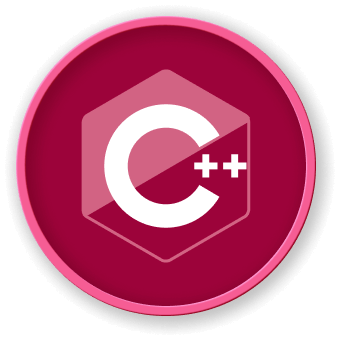Printing Methods
Overview of Container Printing
Printing container elements is a fundamental task in C++ programming. Different containers require different approaches to display their contents effectively.
Common Printing Techniques
1. Range-based For Loop
The most straightforward method for printing container elements:
#include <iostream>
#include <vector>
#include <list>
template <typename Container>
void printContainer(const Container& container) {
for (const auto& element : container) {
std::cout << element << " ";
}
std::cout << std::endl;
}
int main() {
std::vector<int> vec = {1, 2, 3, 4, 5};
std::list<std::string> names = {"Alice", "Bob", "Charlie"};
printContainer(vec);
printContainer(names);
return 0;
}
2. Iterator-based Printing
A more flexible approach for complex containers:
#include <iostream>
#include <map>
template <typename Container>
void printContainerWithIterators(const Container& container) {
for (auto it = container.begin(); it != container.end(); ++it) {
std::cout << *it << " ";
}
std::cout << std::endl;
}
int main() {
std::map<std::string, int> ages = {
{"Alice", 30},
{"Bob", 25},
{"Charlie", 35}
};
// Printing keys
for (const auto& pair : ages) {
std::cout << pair.first << " ";
}
std::cout << std::endl;
// Printing values
for (const auto& pair : ages) {
std::cout << pair.second << " ";
}
std::cout << std::endl;
return 0;
}
Printing Methods Comparison
graph TD
A[Container Printing Methods] --> B[Range-based For Loop]
A --> C[Iterator-based Method]
A --> D[Stream Insertion]
B --> E[Simple]
B --> F[Readable]
C --> G[Flexible]
C --> H[More Control]
D --> I[Standardized]
D --> J[Works with Most Containers]
Advanced Printing Techniques
Custom Printing for Complex Containers
#include <iostream>
#include <vector>
#include <algorithm>
template <typename Container>
void printFormattedContainer(const Container& container) {
std::cout << "Container contents: [ ";
std::copy(container.begin(), container.end(),
std::ostream_iterator<typename Container::value_type>(std::cout, " "));
std::cout << "]" << std::endl;
}
int main() {
std::vector<double> prices = {10.5, 20.3, 15.7, 30.2};
printFormattedContainer(prices);
return 0;
}
Printing Method Characteristics
| Method |
Pros |
Cons |
Best Used For |
| Range-based For |
Simple, Readable |
Limited flexibility |
Simple containers |
| Iterators |
More control |
More verbose |
Complex iterations |
| Stream Insertion |
Standardized |
Less customizable |
General printing |
Best Practices
- Choose the most appropriate method for your container type
- Consider performance for large containers
- Use templates for generic printing
- Add error handling for complex scenarios
LabEx Tip
In LabEx development environments, these printing methods can be integrated into debugging and logging processes to help track container contents efficiently.
Key Takeaways
- Understand different container printing techniques
- Use appropriate methods based on container type
- Leverage templates for generic solutions
- Consider performance and readability




